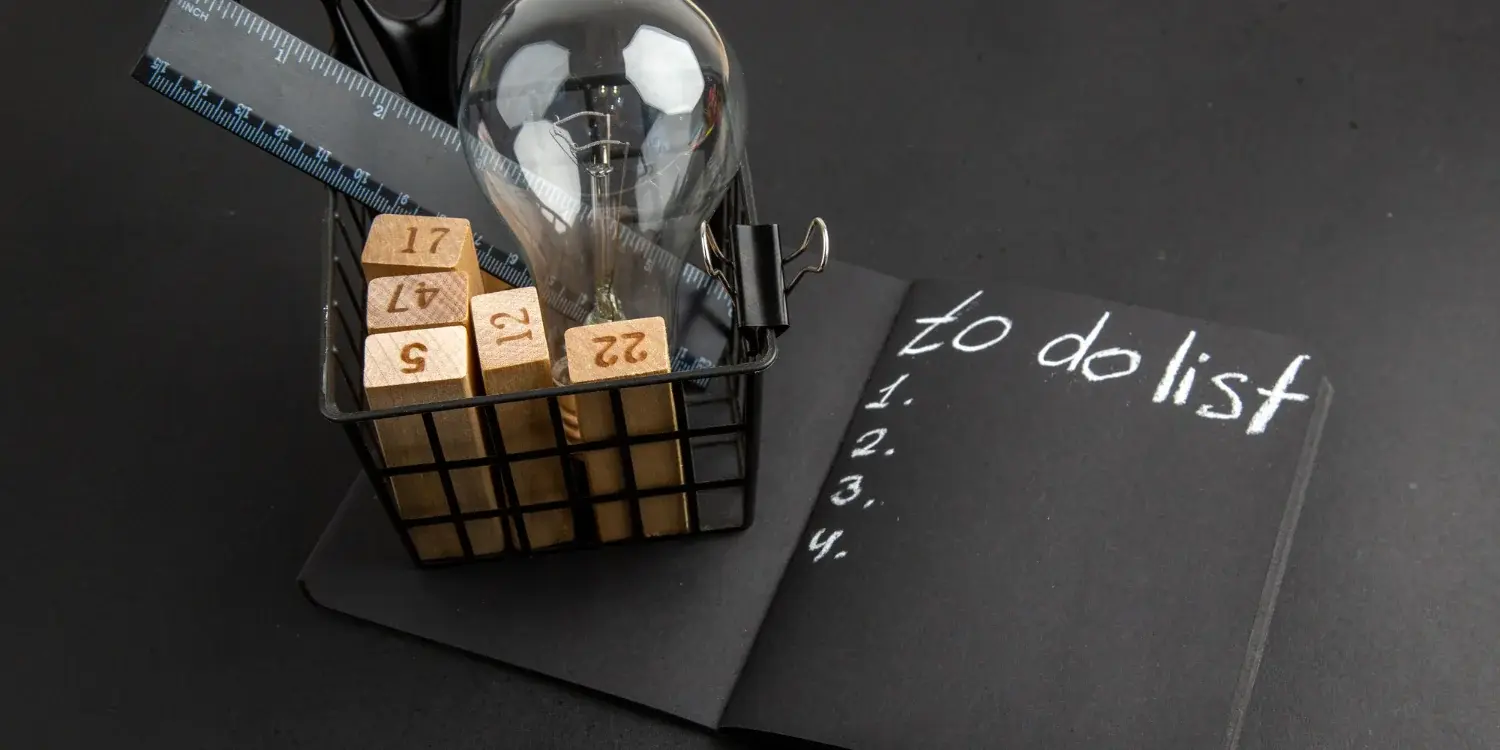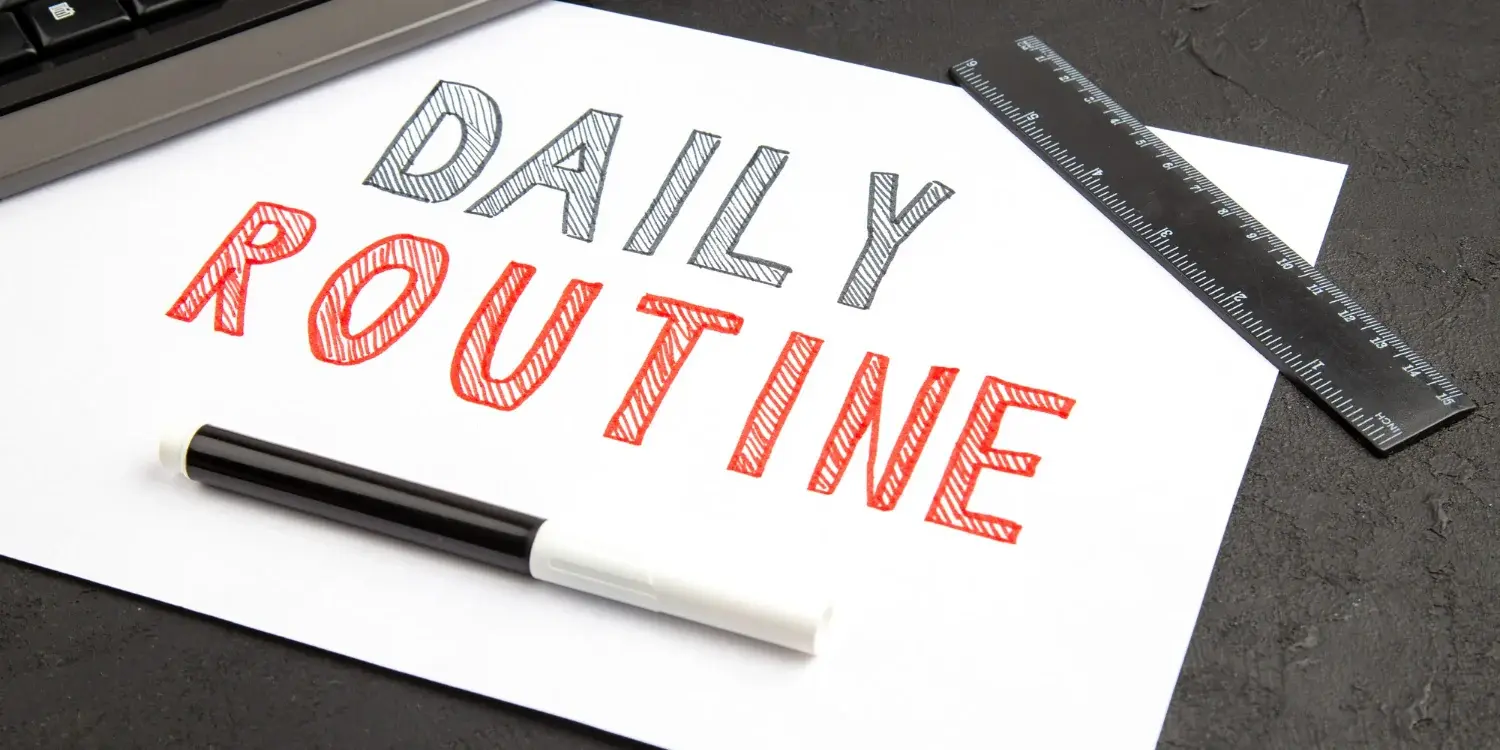How to Create a Productive Home Office Environment
We've all been there—staring at a blank page, cursor blinking mockingly, while hours slip away. Procrastination is not just about losing time; it's about losing opportunities and diminishing your productivity potential. Have you ever noticed how easy it is to push off important tasks in favor of trivial distractions? You're not alone. Studies suggest nearly 20% of people identify themselves as chronic procrastinators, with the issue deeply rooted in emotional regulation rather than mere laziness.
In this post, we're diving deep into proven, practical time management methods guaranteed to kick procrastination to the curb. If you're tired of feeling stuck and dream of having a fulfilling, effective, and productive workflow, these actionable hacks are your ticket to a more organized, efficient, and successful life.
1. The Two-Minute Rule for Starting Small
The first step toward productivity victory is learning the Two-Minute Rule. Coined by David Allen in his bestseller "Getting Things Done," the rule is simple: if it takes less than two minutes, do it immediately. This clever hack prevents trivial tasks from building up overwhelming backlogs, instantly reducing procrastination triggers.
Try these steps:
- Identify Quick Tasks: Replying to an email, scheduling appointments, or tidying your workspace.
- Immediate Action: Perform these tasks immediately upon recognition.
Here's a relatable scenario: You receive an important email requesting a short reply. Instead of flagging it for later—and risking anxiety or forgetfulness—you tackle it right away, freeing your mental bandwidth for larger, more crucial projects.
2. Break Tasks Into Micro-Steps
Thinking about a huge project induces anxiety—a principal procrastination driver. To conquer overwhelm, break tasks into manageable micro-steps. Psychologist Robert Maurer emphasizes in "One Small Step Can Change Your Life" that tiny, achievable actions combat procrastination by minimizing emotional barriers that induce resistance.
For instance, instead of setting vague goals like "finish report," break it down:
- Gather research material
- Draft an outline
- Write introductory paragraph
It becomes psychologically easier to get started, your motivation surges, and productivity skyrockets.
3. Implement the Pomodoro Technique
Have you ever heard of the Pomodoro Method? Developed by Francesco Cirillo, it leverages 25-minute work periods ("Pomodoros") followed by 5-minute breaks. This structured approach enhances your focus by maintaining a balance between productivity and rest.
Implementing Pomodoro is simple:
- Set a timer for 25 minutes, dedicated entirely to your task.
- Take a 5-minute break afterwards.
- Repeat four cycles, then take a longer 20-minute break.
Let's face it, knowing you only need to concentrate briefly before resting makes work manageable—even enjoyable—and removes procrastination roadblocks.
4. Prioritize Tasks With the Eisenhower Matrix
Feeling lost about task priority fuels procrastination. The Eisenhower Matrix, attributed to former US President Dwight Eisenhower, categorizes tasks based on importance and urgency into quadrants—highly useful for optimizing workflow productivity.
Here's how:
- Urgent & Important: Do immediately.
- Important & Non-Urgent: Schedule time to work on.
- Urgent & Non-Important: Delegate.
- Neither Urgent nor Important: Eliminate or minimize.
Picture this: you receive countless emails daily. By categorizing them using this matrix, you swiftly identify what's genuinely essential, streamlining workflow and vastly improving your time management.
5. Establish Dedicated Work Blocks—"Time Batching"
Productivity masters swear by time batching, dedicating specific periods to related tasks. Tim Ferriss, author of "The 4-Hour Workweek," advocates this technique to enhance workflow efficiency significantly.
For example:
- Schedule mornings for focused creative work.
- Reserve afternoons for administrative tasks and email responses.
Imagine a freelance writer batching their writing in early hours when creativity peaks, leaving afternoons stress-free to handle client communications effortlessly. Productivity improvement is dramatic and immediate.
6. Limit Digital and Physical Distractions
Digital and environmental clutter feed procrastination. A University of California, Irvine study revealed it takes roughly 23 minutes to refocus after interruption. Minimizing distractions enhances cognitive performance significantly.
Implement these changes:
- Silence notifications and use website blockers during work sessions.
- Declutter your workspace to maintain mental clarity.
Ever noticed productivity soaring after organizing your desk? A tidy space helps eliminate procrastination cues, facilitating seamless workflow transitions.
7. Promise Reward-Based Incentives
Human brains absolutely love rewards. Utilizing reward-driven goal setting efficiently combats procrastination by reinforcing positive behavior.
Try these simple strategies:
- Enjoy a favorite snack after completing challenging tasks.
- Plan leisure activities as rewards for focused productivity periods.
Consider a college student promising herself an episode of her favorite show after studying effectively—it instantly boosts productivity and motivates consistent performance habits.
8. Practice Strategic Deadline Setting
Effective time optimization involves deliberate deadline creation. Behavioral economist Dan Ariely found that setting incremental deadlines drastically improved task completion and cognitive performance compared to general deadlines alone.
Practice strategic setting by:
- Breaking tasks into milestones.
- Assigning mini deadlines, positively influencing accountability.
Imagine you have a monthly project: rather than vague due dates, scheduling intermediate deadlines boosts momentum, reduces stress, and fosters powerful productivity routines.
9. Learn to Say "No" More Often
Most productivity hacks fail when commitments overflow. Productive individuals master strategic refusal—the art of saying "No."
Here's the catch to adopting "No":
- Evaluate every commitment realistically to maintain productivity equilibrium.
- Politely decline unnecessary meetings, social events, or extra tasks.
Picture this common scenario: colleagues continually invite you to lunchtime meetings irrelevant to your role. Communicating your priorities clearly gives you control over your schedule again, enhancing intentional productivity dramatically.
10. Visualize Your Future Self
Finally, defeating procrastination becomes infinitely simpler when connected to concrete future outcomes. Psychologist Hal Hershfield emphasizes creating emotional connections to your "future self" as motivation.
Practice this strategy by:
- Visualizing future success or failure due to current decisions.
- Writing letters to your future self detailing desired goals.
Imagine visualizing yourself thriving in your dream job or finishing your degree successfully—this emotional drive reduces procrastination instantly and aligns current tasks with long-term goals.
Conclusion
Procrastination feels daunting, but with these actionable strategies, it doesn't have to control you. Implement one or two today, notice the changes, and gradually add new techniques. Remember, productivity means doing meaningful work effectively—not constant busy-ness.
Looking to simplify your workflow even more? I highly recommend exploring the powerful productivity app, proven to integrate seamlessly into your life and help you manage your time effortlessly.
#TimeManagement #BeatProcrastination #EfficiencyHacks #WorkFlowImprovement #ProductivityTips #StayFocused #GetThingsDone #ProductivityGuide
You May Also Like
These Related Stories

How to Stop Procrastinating: 12 Proven Strategies for Success

Daily Goal Setting: How Successful Professionals Get More Done

No Comments Yet
Let us know what you think